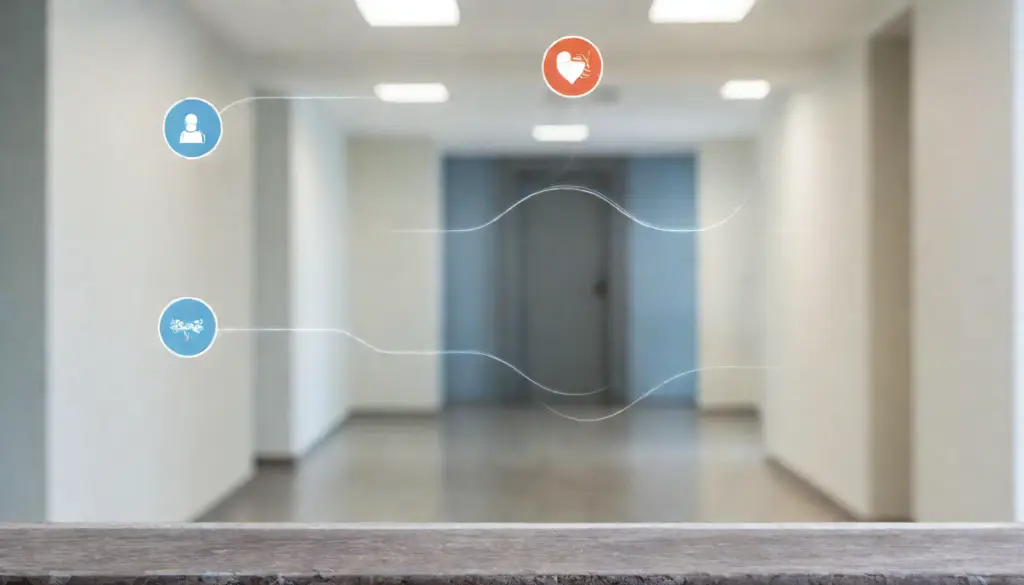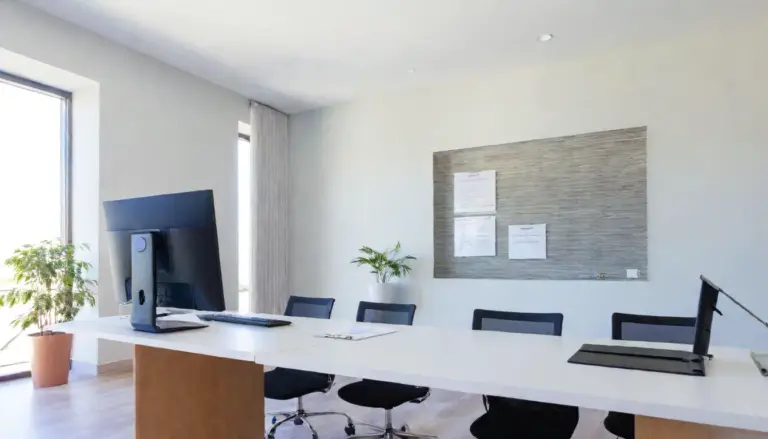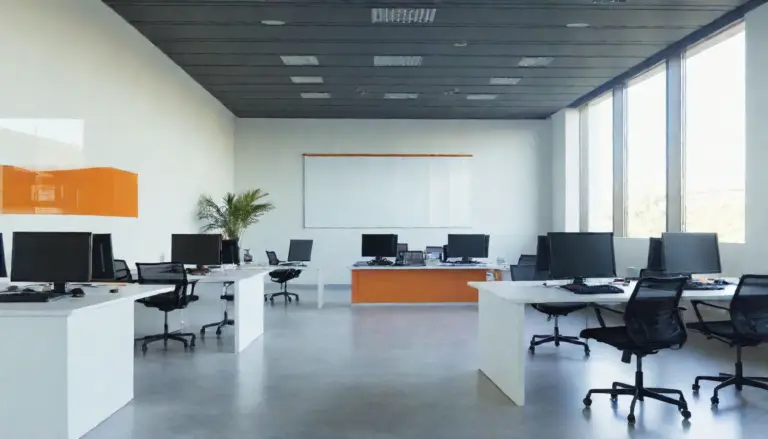In 1859, long before beeping machines, rolling carts, emergency codes and HIPAA, the world’s most famous nurse wrote about the problem of noisy healing environments.
“Unnecessary noise, then, is the most cruel absence of care which can be inflicted either on sick or well.” Florence Nightingale, Notes on Nursing (1858)
Today’s hospitals are a cacophony that has been steadily rising for decades. According to an acoustic study in 2005, sound levels have risen every year since 1960 across all types of hospitals and healthcare facilities. “The same study found that sound levels throughout Johns Hopkins Hospital, one of the top-ranked hospitals in the United States, were on average at least 20 dBA louder than the recommendations of the World Health Organization.”
Add to this noisy environment mandated patient privacy, and it is clear that the need to control noise in healing environments is urgent.
Sound Masking Brings Healing to the Healing Environment
With round-the-clock care, hospital noise never stops. Conversations take place in rooms and corridors, monitors beep, alarms sound, TVs blare and footsteps are a constant in the halls. Studies have shown a wide range of medical problems are, in fact, exacerbated by excessive noise.
“Documented effects [of noise] include elevated blood pressure, quickened heart rate, increased metabolism, and sleep disruption. Sleep deprivation appears to weaken the immune system, impede the body’s ability to generate new cells, and decrease pain tolerance … .” Healthcare Design Magazine
The Los Angeles Times also cites recent studies that, “link excessive noise to a higher risk of heart attacks and high blood pressure” making noise more than an irritant; it is “a serious public health problem.”
In this way, patient dissatisfaction about noise can be quite costly to medical facilities. The Department of Health and Human Services rewards hospitals based on the quality of care they provide to Medicare and Medicaid patients as measured by the Value Based Purchasing program. Two metrics are measured: Clinical Process of Care (a quantitative measurement) and Patient Experience/Satisfaction (a qualitative survey filled out by patients after their hospital stay). So a low score of 62 percent nationally in the area of, “Patients who reported that the area around their room was ‘Always’ quiet at night,” lowers the overall Hospital Consumer Assessment of Healthcare Providers and Systems (Hospital CAHPS®) which translates to a lower Medicare reimbursement for a hospital.
Shhh! Patient Privacy is Everything.
The Health Insurance Portability and Accountability Act (HIPAA) mandates how a healthcare provider collects, stores and uses personal health information. And it requires that providers implement safeguards to protect patient privacy. That includes overheard conversations.
“Sound masking makes noises and conversations more difficult—or impossible—to hear or comprehend. Because it reduces speech intelligibility, patients’ fear of being overheard is reduced. And the resulting auditory privacy helps fulfill HIPAA-related requirements.” Healthcare Design Magazine
When patients are reluctant to ask questions or share information with their medical team because of privacy concerns, care will suffer.
Let Me Think! Improving Productivity with Noise Control.
It’s not just patients who suffer in noisy medical facility environments: Doctors, nurses, technicians and administration find themselves surrounded by distracting high decibels.
Today’s average hospital exposes staff members to an alarm sound every 90 seconds, which has been shown to increase stress levels, fatigue, the difficulty to concentrate, and the occurrence of headaches — impacting the ability for health workers to effectively perform their functions within mission-critical processes. Health Care Facilities Today
For hospital personnel, mistakes can be costly or even deadly. A British study showed that, “Workers can be up to 66 percent less productive when exposed to just one nearby conversation.” Just imagine what dozens of overheard conversations could do.
Get Well Fast.
Add distracted, exhausted medical workers to sleepless, stressed patients and the very people who need care may be in an environment that creates an unnecessary disadvantage to their healing.
Sound masking is a readily available solution to the problem of healthcare noise.
‘Sound masking is part of a proactive approach to providing patients with speech privacy and comfort, and providing caregivers with the productive ‘space’ they need to excel. Healthcare Design Magazine
Sound Masking Makes Sound Health Sense
It’s not synonymous with white noise. Sound masking makes noises and conversations more difficult — or impossible — to hear or comprehend. It is specially engineered to reduce the intelligibility of speech by reducing the dynamic range, or sound variation, making the space seem quieter. The result is privacy, improved sleep for patients and a less disruptive workplace.
Certainly, as it crosses areas from emergency rooms and NICU, waiting rooms to nurses’ stations, and meets the demands of a 24-hour environment, effective installation calls for expertise. Find out how Teksetra can help you make your healthcare environment safer for everyone.
Learn more about our sound masking solution here, or find out how we can help by calling 1-888-287-4186 or emailing [email protected].












